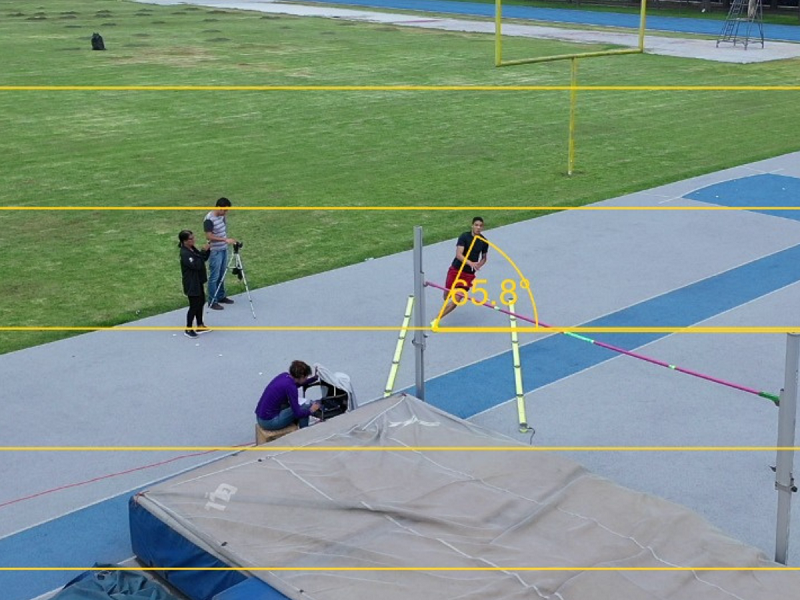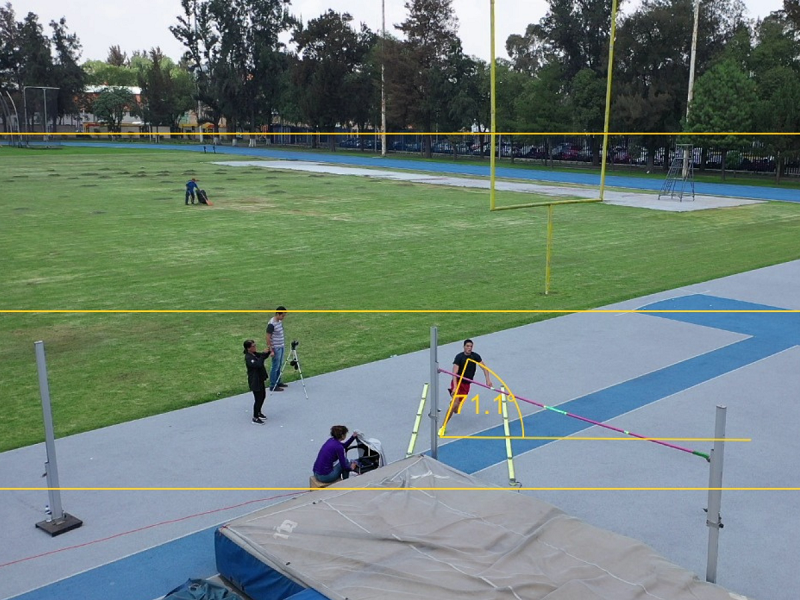Blog post by Elizabeth Salas
What do biomechanists do and how can those interested in sports performance use their help?
By Elizabeth Salas

Bio-mechanics: Bio and mechanics?
Biomechanics refers to the science that applies the principles of mechanics to the study of living organisms. This means that biomechanists study motion (kinematics) and the forces (kinetics) that are associated with such motion. The cool thing about this is that living organisms can include humans or animals: either the system as a whole (e.g. the human), biological tissues or even cells! Today, we will be covering those who focus on studying humans – my field.
I will start by saying that human motion biomechanists are NOT therapists, trainers or coaches! We often get confused by professionals in these careers and although biomechanics is an important component of their success as professionals, they take a practical approach to biomechanics in what’s concerned with their own expertise, whereas we are specialists in the subject. First, we view biomechanics with a broader lens and then zoom in to analyze various biomechanical factors in more detail such as: joint angles and velocities, muscular activations, sequences as well as many other factors to determine movement strategies, their effectiveness, and risks.
We are here to assist therapists, coaches, trainers, patients, engineers, product designers, or anyone who would be interested in measuring movement for whatever reason. Biomechanists usually have an MSc or PhD in the field, so we all have varying experiences in terms of application. For example, some of us may be focused on optimizing sports performance, whereas others may have analyzed different rehabilitative therapies, figured out a way to screen for diseases that may have characteristic movement patterns, used computer and biomechanical models to find the stresses inside a joint associated with different postures (that was me), or determined the most effective and safe way to perform work activities (that was me again)! As you can see, even within biomechanists, our skills and levels of expertise can vary greatly because our experiences are very diverse. At the end of the day, however, we all study movement in one way or another.
In the world of sports, coaches often work alongside other professionals such as strength and conditioning coaches, physiotherapists and in some cases even psychologists to help optimize their team performance. It is the perfect example of teamwork! However, when it comes to injury prevention efforts, team members often have different perspectives. The team physiotherapist, for example, may have a different point of view about an injury in comparison to that of the sports coach. These differences in perspectives about injuries could sometimes hinder everyone from being on the same page when it comes to finding solutions.
A therapist, for example, comes into the picture when an athlete shows signs of pain or injury. She/he must understand the biomechanics of the injury and the regional anatomy of the affected area to proceed with an effective rehabilitation protocol. Most often, however, the job of the therapist is concerned with treating athletes who are already injured and returning them to play, rather than preventing injury per se. A good therapist may be able to give advice on technique, but her/his job is not to analyze movement strategies nor to identify risk. A good sports coach is usually able to identify strategies that tend to hurt her/his athletes based on experience. However, movement quantification is not a common skill in coaches, so evaluation and tracking are often subjective.
These are some examples of gaps that biomechanists can help with in the context of sports, and a possible point where we can bring value to a sports team, helping each team member shine through their champ-development journey.
We provide quantifiable movement analyses; we have a unique skill set that allows us to know how to select the movement parameters that matter to our clients’ goals. We know what, when, and how to measure, what variables to extract from the data to make sense of it and know how to ultimately interpret the data so that we give each team member the relevant information to optimize their own performance and delivery to their team athletes.
As you can see, our job is to help the team dynamics by providing teams with tangible measurements of the effectivity of their training, instructions on the court, and the therapeutic approaches for different athletes.
A friend of mine (a great volleyball coach) served as a great example: he used biomechanics to help his son. A few days back he said “Liz, my boy (a high jumper) was only jumping 2.18 m and, for some reason, he wasn’t going any higher. I am not a high jumping coach, but I can understand jumping. The way he was jumping was telling me something wasn’t right, so I decided to record him. I wasn’t sure of what I was doing but I told him to try to change his arm movement at take-off. So he did, practiced over 2 weeks and ended up jumping 2.26 m at his next meet!”.

In a nutshell, we are the scientists who provide the relevant data and helpful interpretations to coaching staff to help them meet their goals. Our recommendations are based on data rather than experience or opinions, although some extra experience in certain applications can make us more successful in our parametrization journey when working within that niche.
Elizabeth Salas, Biomechanics PhD.
And former pro volleyballer.